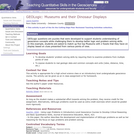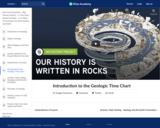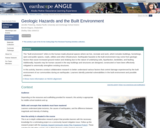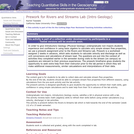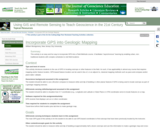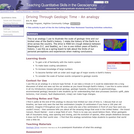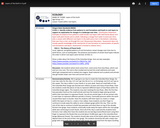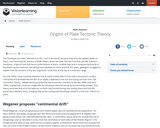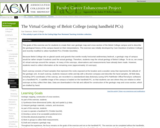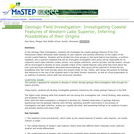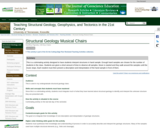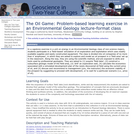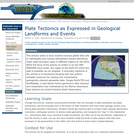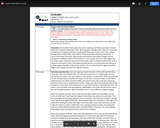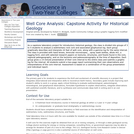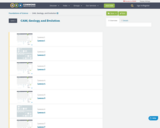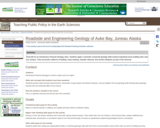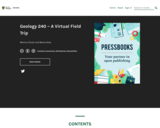
Short Description:
"An Introduction to Geological Field Trips: Case Study Avonlea Badlands, Saskatchewan" emerged out of the passion of a few people for fieldwork. During the COVID-19 pandemic there was a real need to replace the actual field trips - forbidden during the pandemic - with something else that will give the student a taste or a tease of fieldwork. More than being the conclusion, this project wants to be the inspiration that will carry the student out of the classroom and into the field. Consequently, how do you prepare for a field trip? It is easy to assume that somebody else will know everything about the area where you're going and you're just going along for the ride - because at the end of the day you are there to learn. Absolutely true, but being mentally prepared will make everything seem less overwhelming, less foreign and consequently, way more enjoyable. Yet, even the preparation process can feel like a big white elephant in the room. Where do you start? Obviously with the first page of the book.The authors are grateful to receive funding support from the University of Regina’s OER Publishing Program Small Project Grant, which enabled us to actually carry real fieldwork in the Avonlea Badlands in Southern Saskatchewan to collect all the data for this book.
Long Description:
“An Introduction to Geological Field Trips: Case Study Avonlea Badlands, Saskatchewan” is trying to fill the gap between the student and the fieldwork. Most commonly, the geology student is thrown into the fire while in the field trips and has to process a lot of information on the fly. Consequently, sometimes is hard to see the full picture. This book wants to be the starting point for every student looking to embark in that first geological field trip. How to prepare? What to do? How to approach the field work? Which data should be collected? Where to start? It is a work in progress and as the students will learn more about preparation so, too, the authors will learn more and more about the questions that the student has before, during and after the field trip. We are grateful to all the people that contributed to this book. Your dedication to student success is admirable!
Word Count: 17033
ISBN: ISBN-13:978-0-7731-0780-9
(Note: This resource's metadata has been created automatically by reformatting and/or combining the information that the author initially provided as part of a bulk import process.)
- Subject:
- Applied Science
- Ecology
- Education
- Environmental Science
- Geology
- History
- Life Science
- Physical Science
- Material Type:
- Textbook
- Provider:
- University of Regina
- Author:
- Maria Velez
- Monica Cliveti
- Date Added:
- 06/01/2022
